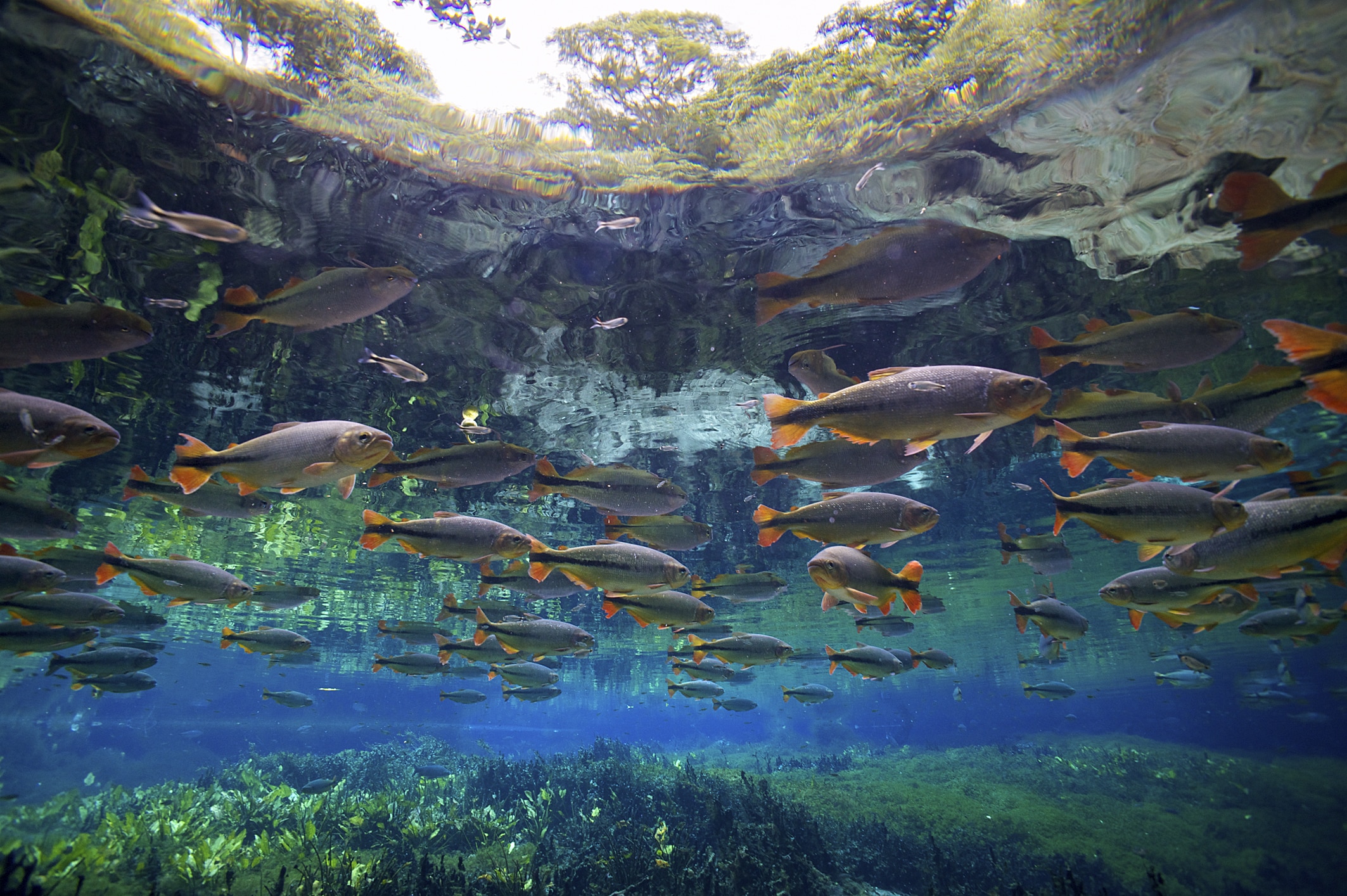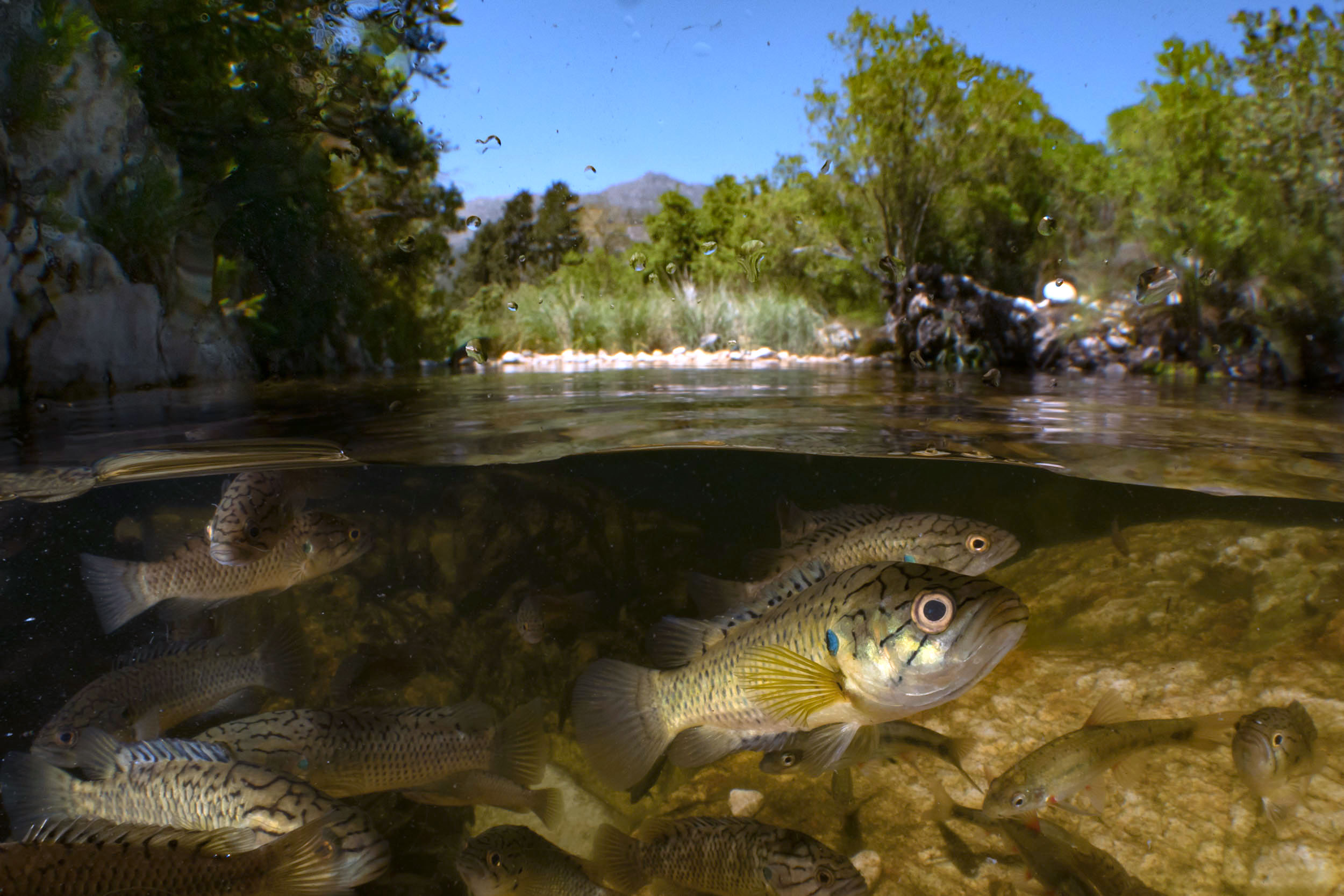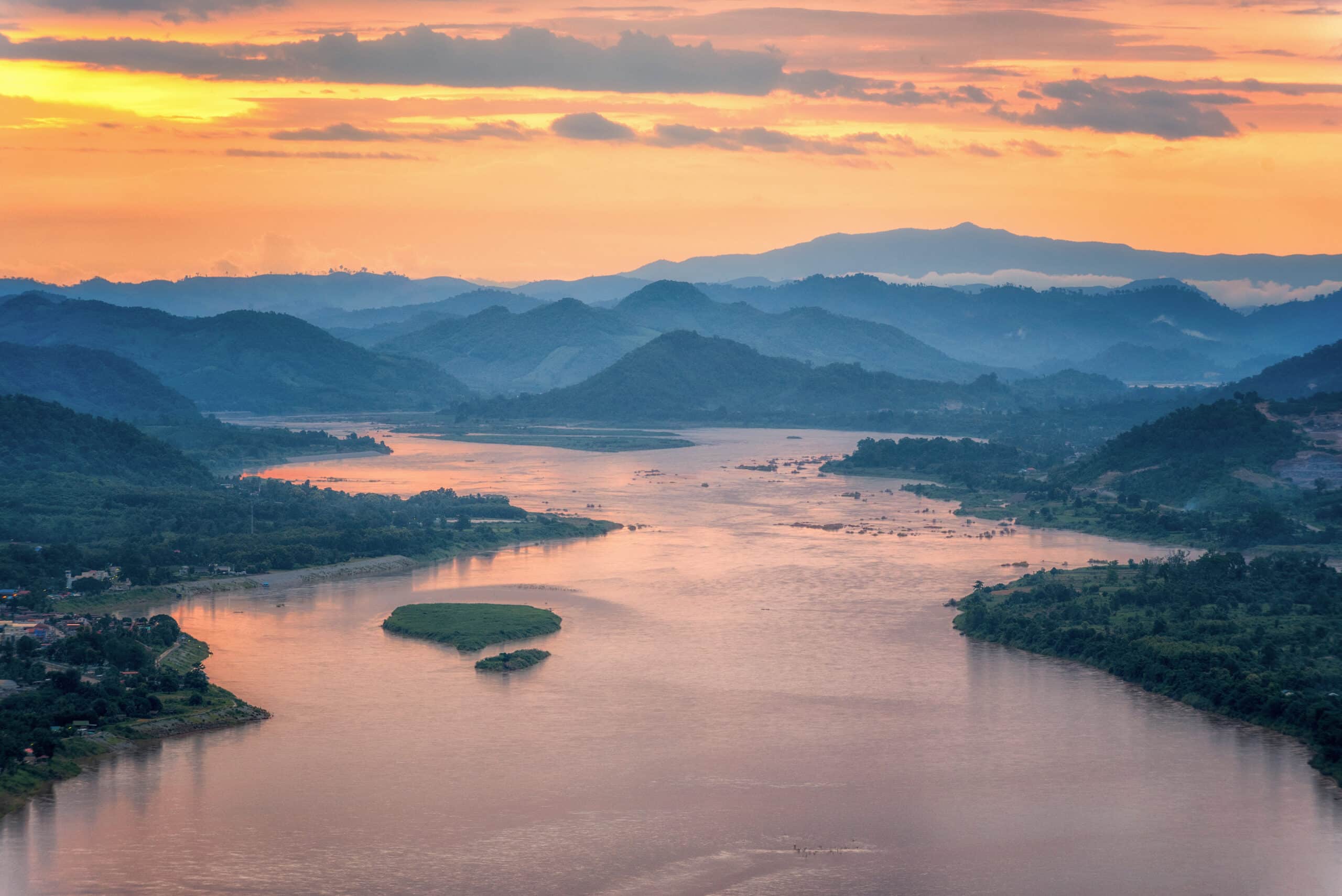During the research for the initial Top 10 Most Wanted species, a 2020 recording of one of the species on iNaturalist forced us to reconsider one particular species. Turns out the Dumbéa River pipefish wasn’t a ‘lost fish’ after all!
To glean as much information as we could about the Top 10 Most Wanted species, we Googled each of the species. For the most part, there was barely any information about any of them – they have been seen so rarely, and often so long ago, that people just don’t know that much about them.
But for one of the original Top 10 species, there was some recent information. The Dumbéa River pipefish Microphis cruentus of New Caledonia had been recorded in the citizen science and naturalist social network iNaturalist in October 2020. And, sure enough, there were a couple of bright colour photos and a verification to prove the observation!
This made us sit up and take notice.
A species that a team of leading freshwater scientists had every reason to believe hadn’t been seen in well over a decade was right there on our screens, very much alive and not at all lost.
We got in touch with the man who observed the species – Damien Brouste, a passionate naturalist who lives in New Caledonia – and the man who verified the observation as a legitimate sighting – Valentin de Mazancourt, associate researcher at the French National Museum of Natural History.
Damien explained how he found the fish, with another New Caledonia resident, Nicolas Charpin: “We were looking for the pipefish at night, as during the day they hide in the vegetation bank. We were looking in a particular pool in the Ouenghi River and after maybe only five minutes we found some. I was really surprised to see the colours of the fish, as they are so bright. We didn’t find any more during the two hours of research following this find”.
“The Ouenghi River is a small river, around ten meters wide, that gently flows through pastoral land on the West Coast [of New Caledonia]. It is extremely clear, with around ten meters of visibility. The banks are two meters high, with lots of vegetation. The bottom is an alternation of rock and sand. There are a lot of shrimp in the river, even some good-sized ones. Juveniles may be a good food source for the microphis”.

Nicolas is an aquatic scientist who set up Vies d’Ô douce: ‘a non-profit association whose main objective is to promote the biodiversity of aquatic environments in New Caledonia’. According to Damien, Nicolas has spotted Microphis cruentus many times, and knows exactly where it can be found.
It’s incredibly exciting to learn that people are out there, spotting this species that was thought to be ‘lost’. This story has really highlighted how anybody can provide meaningful contributions to science.
On his experience using iNaturalist, Damien said: “iNaturalist is a fantastic platform to connect people. I’ve been in contact with many scientists because I take pictures of many things. I’ve had pictures published in a coral book and pictures published in a publication on pygmy grasshoppers. Those contacts gave me the opportunity to work on a scientific study of a New Caledonian snail for the French Museum”.
And Valentin was similarly effusive about his use of iNaturalist: “As an avid user of iNaturalist and a hydrobiologist, I am always happy to help identifying observations of freshwater animals, and this observation got me really excited, being a rare and endemic species that researchers from my lab are especially interested in. It’s always great to obtain such new data on these rare species and iNaturalist is an amazing tool to for this, as well as a great opportunity to get people involved in our research”.
We are looking forward to talking further with Damien and Valentin to see how this story may develop further, and excited for the results of Nicolas’ studies on the species. Watch this space!


)
)
)

)